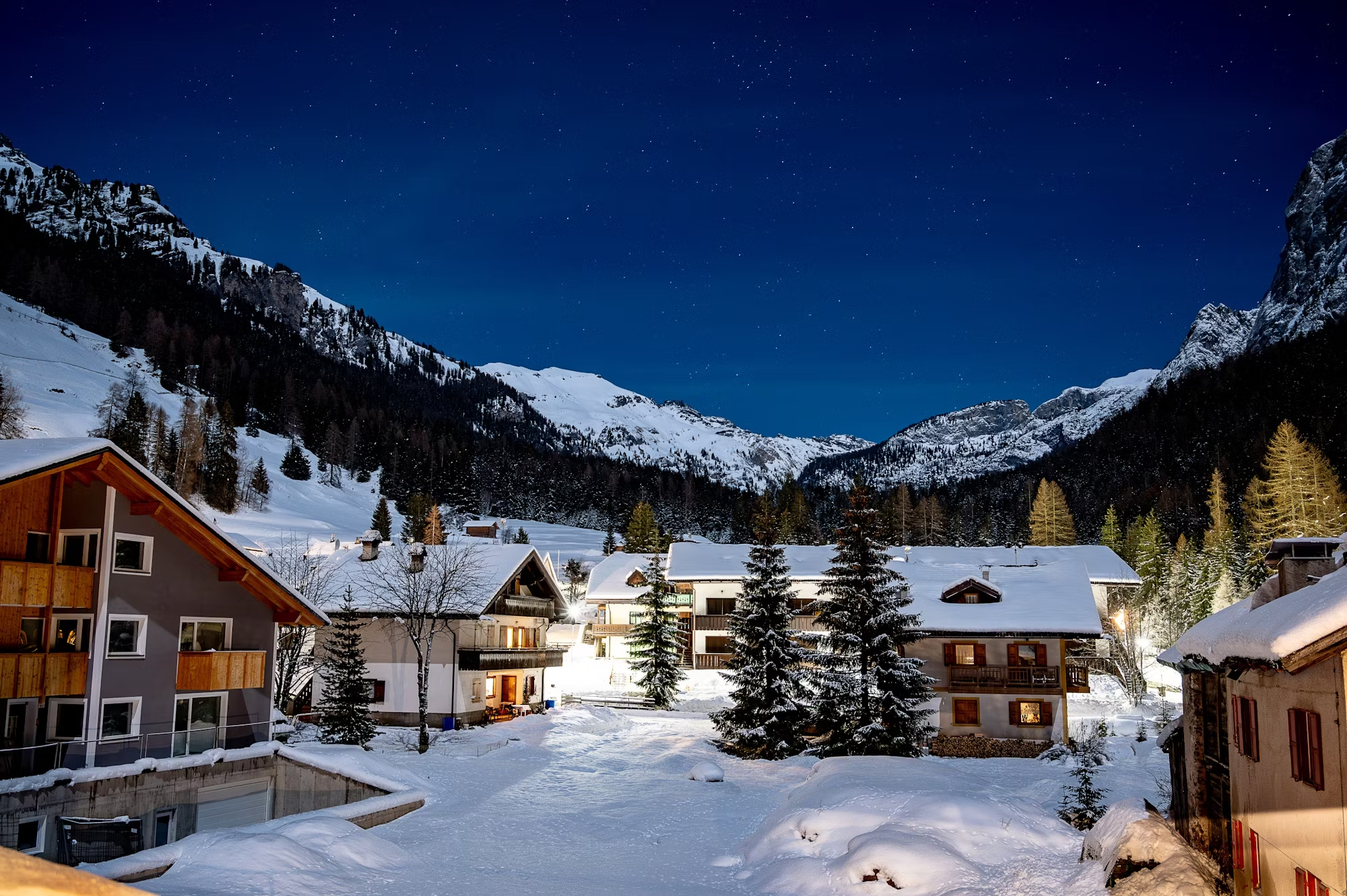Snowboarding has become a beloved winter sport for thrill-seekers and outdoor enthusiasts around the globe. With its roots tracing back to the 1960s, it has evolved into a multifaceted activity that caters to various styles and preferences. Whether you’re gliding through a terrain park or carving down a backcountry slope, understanding the nuances of snowboarding can enhance your experience and enjoyment. This article will explore the different styles of snowboarding, essential gear, and valuable tips for riders of all levels.
Understanding Snowboarding Styles
Snowboarding is not just one uniform activity; it encompasses various styles, each with its own techniques, equipment, and culture. Here’s a closer look at some of the primary styles:
1. Freestyle Snowboarding
Freestyle snowboarding is all about creativity and expression. Riders perform tricks and maneuvers in terrain parks, which are equipped with features like rails, boxes, and jumps. Freestyle enthusiasts often prioritize agility and style, aiming to impress with unique spins and grabs.
Key Characteristics:
– Terrain Parks: Specifically designed areas with obstacles for performing tricks.
– Focus on Tricks: Riders hone their skills on aerial maneuvers and rail slides.
– Board Selection: Freestyle boards are generally shorter and more flexible, allowing for better maneuverability.
2. Freeride and All-Mountain Snowboarding
Freeride snowboarding allows riders to explore varied terrains, including groomed trails, powder-filled forests, and challenging slopes. All-mountain snowboarding, a subcategory of freeride, is about versatility—riders can tackle any conditions the mountain presents.
Key Characteristics:
– Versatility: Suitable for various terrains, from groomed runs to untouched powder.
– Adaptable Equipment: All-mountain boards are designed to perform well in multiple conditions, making them ideal for those who love to explore.
– Backcountry Riding: Freeriders often venture into backcountry areas, seeking fresh snow and natural features.
3. Alpine and Race Snowboarding
Alpine snowboarding is focused on precision and speed. It involves carving sharp turns on groomed runs and is often competitive in nature, with races set up to test riders’ skills.
Key Characteristics:
– Speed and Precision: Riders aim for fast descents and tight turns.
– Stiffer Equipment: Alpine boards and bindings are generally stiffer to enhance control.
– Course Navigation: Races typically feature set courses with gates that riders navigate through.
Essential Gear for Snowboarding
To fully enjoy snowboarding, having the right gear is crucial. From your board to your clothing, each element contributes to your overall experience.
1. Snowboard Selection
Choosing the right snowboard is foundational. Consider the following factors:
– Type of Riding: Your preferred style (freestyle, freeride, alpine) will influence your board choice.
– Size and Length: A board should typically reach between your chin and nose when stood on its end. This ensures proper control and balance.
– Flexibility: Softer boards are forgiving for beginners, while stiffer boards provide better performance for advanced riders.
2. Boots: Comfort is Key
Your snowboard boots play a critical role in comfort and performance. Consider these points when selecting boots:
– Fit: Ensure a snug fit without being too tight. Your toes should lightly touch the front.
– Lacing Systems: Choose between traditional laces for adjustability or speed laces for quick entry.
– Support: Look for boots with adequate ankle support to enhance your control.
3. Bindings: The Connection
Bindings secure your boots to the snowboard, making them essential for control and comfort.
– Types of Bindings: Strap bindings are the most common, but rear-entry and step-on options are available for convenience.
– Adjustability: Look for bindings that allow you to customize your stance width and highback angle for optimal comfort and performance.
Safety Gear: Riding Responsibly
While snowboarding is thrilling, safety should never be overlooked. Investing in proper safety gear is essential:
– Helmet: A helmet is vital for protecting your head from impacts.
– Wrist Guards and Knee Pads: These can help prevent injuries, especially for beginners who may fall often.
– Goggles: Quality goggles improve visibility and protect your eyes from UV rays and wind.
Clothing: Dressing for the Conditions
What you wear while snowboarding can significantly affect your comfort and performance:
– Layering: Dress in layers to adapt to changing weather conditions. A moisture-wicking base layer, insulating mid-layer, and waterproof outer layer work well together.
– Socks: Opt for high-quality snowboard socks that provide cushioning and warmth without being bulky.
– Gloves or Mittens: Keep your hands warm with insulated and waterproof gloves or mittens.
Tips for Beginners
If you’re new to snowboarding, here are some essential tips to help you get started:
– Take a Lesson: Consider enrolling in a snowboarding class. Professional instruction can accelerate your learning curve and instill good habits from the beginning.
– Practice Falling: Learning how to fall safely can reduce the risk of injury. Aim to fall on your forearms and roll if necessary.
– Start on Gentle Slopes: Begin on easier terrain to build confidence before progressing to steeper runs.
– Stay Relaxed: Tension can hinder your performance. Focus on staying relaxed and enjoying the ride.
Conclusion: Embrace the Thrill of Snowboarding
Snowboarding offers a unique blend of adrenaline, creativity, and outdoor adventure. By understanding the various styles, selecting the right gear, and following safety practices, you can fully embrace the thrill of riding down snowy slopes. Whether you’re a beginner taking your first runs or an experienced rider exploring backcountry trails, the joy of snowboarding awaits. Gear up, hit the slopes, and make unforgettable memories in the winter wonderland!
